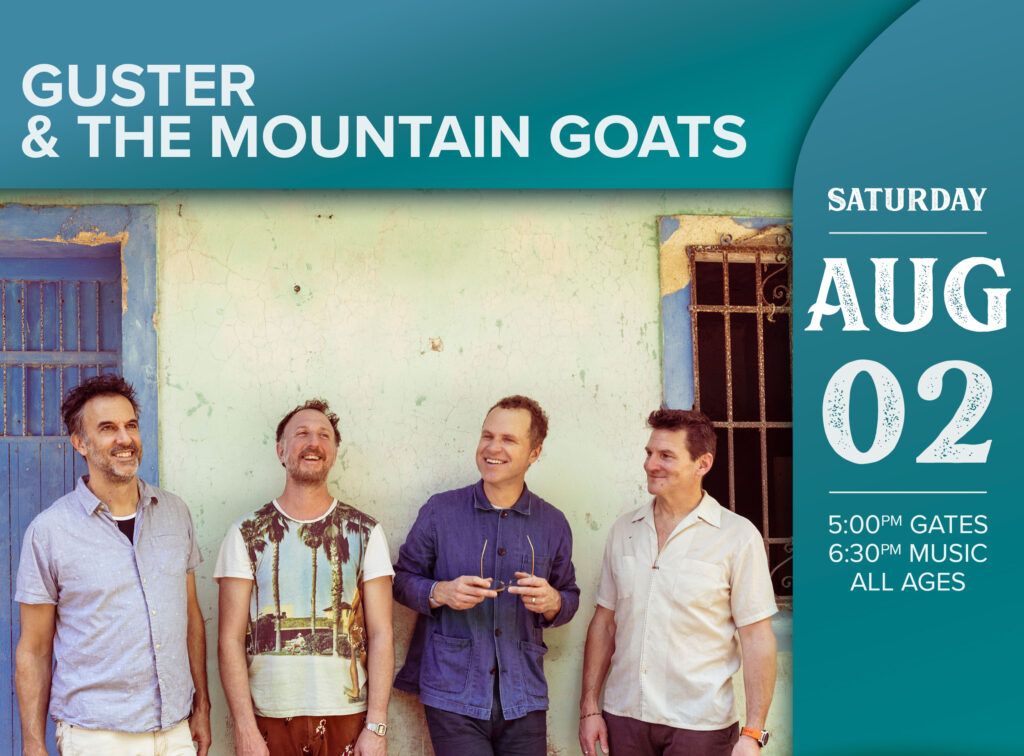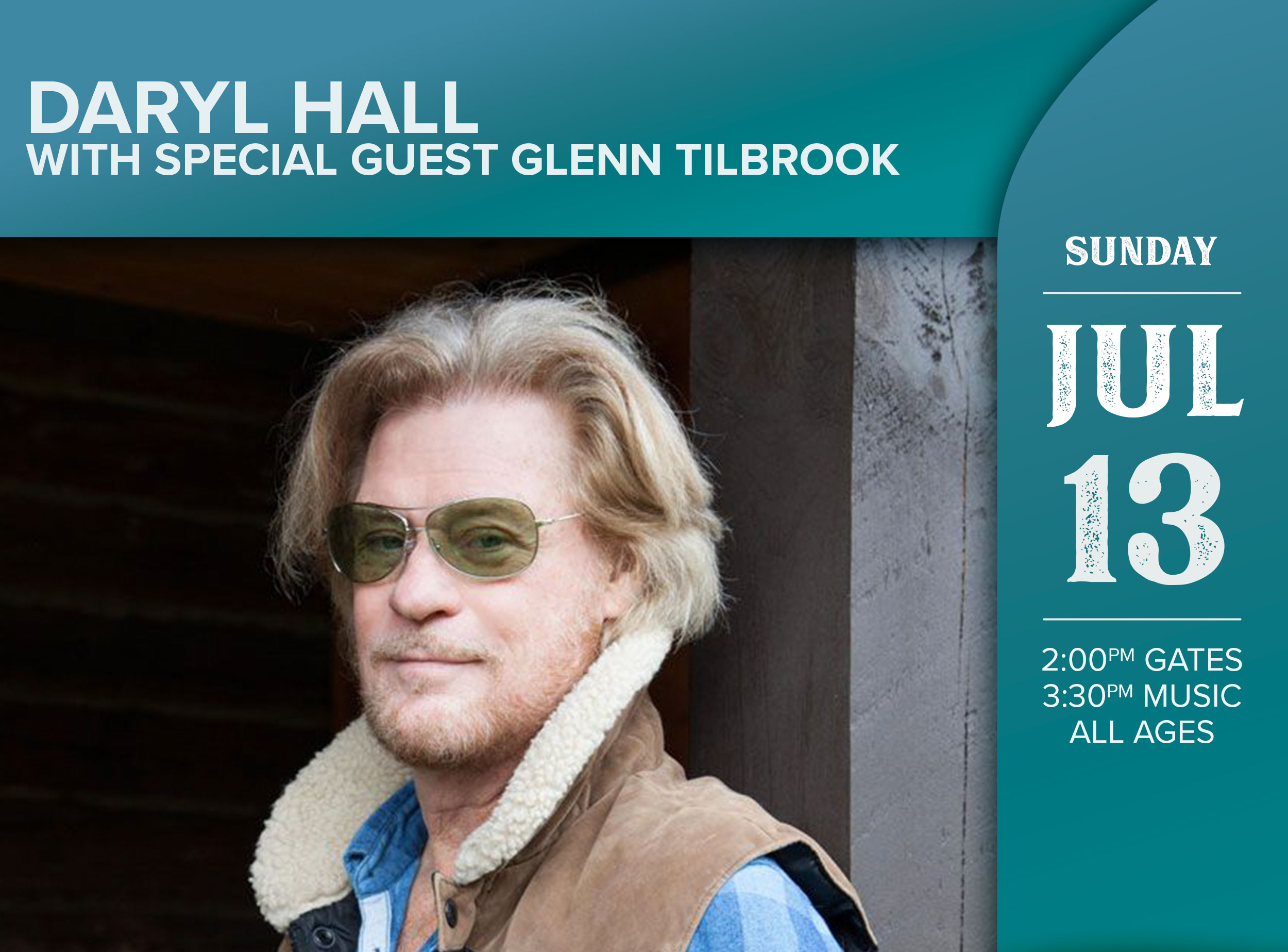ABOUT GUSTER
Not long before the making of their new album Ooh La La, Guster celebrated three decades together as a band—a journey that’s included landing a series of hits on the Billboard charts, working with luminaries like Steve Lillywhite and Richard Swift, launching their own music festival, and amassing an ardent fanbase partly on the strength of their relentless touring and deeply communal live show. But despite reaching a milestone few musical acts ever come close to attaining, Guster’s ninth studio LP reveals a band fully in touch with the voracious creative energy that first inspired their formation. A major leap forward for lead vocalist Ryan Miller, guitarist Adam Gardner, drummer Brian Rosenworcel, and multi-instrumentalist Luke Reynolds, Ooh La La ultimately matches that wide-eyed spirit with a newly heightened sense of confidence, conviction, and commitment to the raw sincerity that’s made them so beloved.
“In all the time we’ve been together we’ve never really felt our age as a band—we’re still so hungry, still excited to create,” says Gardner. “A lot of people have told us they’re amazed at how democratic our process is, but I think that’s a big part of why we’re still able to open up this space where the ideas just flow. It also helps that we’ve built a relationship with our fans where there’s a real sense of trust and a desire for us to keep growing and keep pushing ourselves. It’s such a gift that allows us to be truly free, and to make whatever music we want to make.”
The follow-up to 2019’s Look Alive, Ooh La La marks a bold departure from its predecessor—a sonically adventurous and electronic-leaning effort made with producer Leo Abrahams (Brian Eno, Regina Spektor). This time around, the band worked mainly with producer Josh Kaufman (The National, The Hold Steady, Bonny Light Horseman), holing up at Isokon Studio in Woodstock and carving out a lush and expansive sound rich in acoustic guitars and graceful piano work. With additional production from Ron Aniello (Bruce Springsteen) and Rich Costey (Death Cab for Cutie, Of Monsters and Men), Ooh La La endlessly radiates an undeniable warmth, even as its songs delve into the more daunting aspects of living in modern times. “One of Josh’s great strengths is finding the heart of the song, which felt right for the world we live in,” says Rosenworcel. “When I listen back to the album now it feels like there’s depth everywhere—there’s not a moment where we strike a chord that isn’t meaningful to us. Nobody was going to accept a song that didn’t hit at a certain level, and it feels good to still have that passion more than 30 years into our career.”
Primarily mixed by Peter Katis (The National, Kurt Vile), Ooh La La takes its title from a lyric in lead single “Keep Going”—a lovely encapsulation of the album’s emotional undercurrent, telegraphing an irrepressible joy in the face of turmoil and unrest. “Most of these songs were written against the backdrop of what felt like an apocalypse,” says Miller. “It was such a transformative time, and we were dealing with a lot of existential questions about what it means to be a father, a husband, a creative person in the midst of all the chaos.” The only track composed with an outside co-writer, “Keep Going” was sparked from a session between Miller and songwriter Rob Kleiner, later emerging as a shimmering piece of alt-pop lit up in luminous harmonies and gauzy guitar tones. “One thing we’ve continually done as a band is acknowledge what’s going on in our world but still bring some positivity to the music,” says Gardner. “We’re always going to be real about what’s happening, but we still want to leave people with a feeling of hope.”
Looking back on the making of Ooh La La, the members of Guster point to a heady and hypnotic number called “All Day” as a particularly charmed moment. “As soon as that song arrived in the room, it felt like it knew exactly what it needed to be,” Reynolds says of “All Day” (one of two songs recorded with Aniello and Costey at Guilford Sound in Vermont). “My feeling is that it’s our job as a band to stay engaged and do the work, to follow what feels exciting and recognize that we’re never totally in control of the results. So when a song shows up and already feels fully formed, it’s an incredible thing to watch unfold.” Born during a jam session at Gardner’s parents’ house early on in the writing process, “All Day” also wholly fulfills the band’s intention of infusing a certain unabashed earnestness into the lyrical element of Ooh La La. “I remember stumbling onto those lyrics and feeling so connected to them and thinking to myself, ‘This might be one that we’ll be still playing 15 years from now,’” Miller recalls. “There’s nothing sneaky or clever about it; it’s completely direct and the emotion of it just shines through.”
For Guster, the open-hearted receptivity that catalyzed the creation of songs like “All Day” has served as a touchstone throughout the band’s history. But while their audience has grown exponentially since Guster got their start playing in dorm rooms at Tufts University in 1991, they’ve sustained an extraordinarily strong connection with their fanbase over the years. To that end, one of Guster’s most cherished endeavors is the On The Ocean Festival—an annual event that began in 2017 in Gardner’s adopted hometown of Portland, Maine, with a reunion-like atmosphere and an eclectic mix of performers including Bahamas, Lucius, Madison Cunningham, and Shakey Graves. “We feel lucky that we’ve created a dynamic where there’s no real separation between us and our fans—we’re all part of a community, and it’s theirs just as much as it’s ours,” says Gardner. “One of the main reasons we’re still a band is the fans who’ve come to see us for years, the people who show us the tattoos they’ve gotten with our lyrics,” Miller adds. “It inspires us to stay creative and stay fearless, instead of just making the same record over and over. Everything we do is in service of that connection, and at this point I’d say we’re definitely lifers.”
ABOUT THE MOUNTAIN GOATS
the Mountain Goats | Jenny from Thebes | MRG841
Jenny from Thebes began its life as many albums by the Mountain Goats do, with John Darnielle playing the piano until a lyric emerged. That lyric, “Jenny was a warrior / Jenny was a thief / Jenny hit the corner clinic begging for relief,” became “Jenny III,” a song which laid down a challenge he’d never taken up before: writing a sequel to one of his most beloved albums.
The Mountain Goats’ catalog is thick with recurring characters—Jenny, who originally appears in the All Hail West Texas track bearing her name, as well as in “Straight Six” from Jam Eater Blues and Transcendental Youth side two jam “Night Light,” is one of these, someone who enters a song unexpectedly, pricking up the ears of fans who are keen on continuing the various narrative threads running through the Mountain Goats’ discography before vanishing into the mist. In these songs, Jenny is largely defined by her absence, and she is given that definition by other characters. She is running from something. These features are beguiling, both to the characters who’ve told her story so far and to the listener. They invite certain questions: Who is Jenny, really? What is she running from? Well, she’s a
warrior and a thief, and, this being an album by the Mountain Goats, it’s a safe bet whatever she’s fleeing is something bad. Something catastrophically bad.
Jenny from Thebes is the story of Jenny, her southwestern ranch style house, the people for whom that house is a place of safety, and the west Texas town that is uncomfortable with its existence. It is a story about the individual and society, about safety and shelter and those who choose to provide care when nobody else will.
This is what a follow-up to All Hail West Texas entails. But if you think about the Mountain Goats as they were in 2001, when Darnielle wrote and recorded that album on his own, mostly into his Panasonic RX-FT500 boombox, and how they are now as the recording and touring outfit of Darnielle, Peter Hughes, Matt Douglas, and Jon Wurster, you may find yourself asking how. That occurred to Darnielle, too.
“If we’re going to do a sequel to a record that was recorded almost entirely on a boombox,” he asks, “why not do the opposite and make it as big as possible?”
Decamping to Tulsa, Oklahoma’s legendary The Church Studio with Grammy-winning producer/engineer Trina Shoemaker (Sheryl Crow’s The Globe Sessions), that is exactly what the Mountain Goats did. Jenny from Thebes is a lush collection of showtunes, pushing Darnielle as a vocalist and the Mountain Goats as a band, broadening their sonic palette once again by leaning into influences like Godspell, Jim Steinman, and The Cars. The resulting album cuts a path that is simultaneously full of allusions longtime Mountain Goats fans will spin entire mythologies from while also being their most inviting record for those who’ve yet to be converted to the cause.
Lifted by Matt Douglas’ horn and string arrangements, the dreamy guitar of Bully leader (and Bleed Out producer) Alicia Bognanno, and backing vocals from Kathy Valentine of The Go-Go’s (“Only One Way,” “Same as Cash,” “Going to Dallas”) and Matt Nathanson (“Fresh Tattoo”), Jenny from Thebes is a widescreen musical in scope, a melodrama of richly detailed characters and sweeping emotions. The west Texas the Mountain Goats conjure for Jenny is huge and already crumbling to the ground when we meet her in lead single “Clean Slate,” where a new arrival to the safehouse finds it nearly full, his host beyond exhaustion. Her burdens are heavy, and the measures they cause her to take have consequences that scale well beyond anything she could have anticipated when she decided to open her home to others. Such gestures are noble and doomed.
“You can’t be the person everyone relies on to take care of them and keep them safe for too long,” Darnielle says of the reality of these spaces. “It eventually causes so much stress that it threatens to break you.”
Ironically, that same stress makes it impossible for Jenny to see that she’s on the verge of being broken until it’s too late. Explaining the title of the album, Darnielle notes that Jenny is not unlike a character from Greek literature, someone on the verge of an unimaginable tragedy whose signs and portents will not make themselves known to her until she finds herself amidst the wreckage. “These things never happen in isolation,” he says. “One bad event leads to and is the reason for another bad event. Jenny should know that you can’t keep a safehouse in a west Texas town, but she’s too wrapped up in the process and has to go through the loss to understand how it happened.”
Whether or not she comes to understand how it happened, the events of Jenny from Thebes set Jenny on the run. A woman and her custom yellow and black Kawasaki held in the memories of a vanishing few, someone who held the gate for as long as she could, as a warrior might, before disappearing into the night like a thief.
Seating Chart
Our unique venue setup is meant to not have a bad seat in the house. All of our seats offer a unique, intimate setting to experience the concert. Some of our shows offer GA Standing room which allows for a viewing experience under the Pavilion, behind the seated area. With either ticket option, you are welcome to enjoy the concert from that space or to bring your own chair or blanket and set up a spot on our front lawn or the grass slope next to the side stage, where you’ll still enjoy stage views. Take a look at our seat map to see more.










